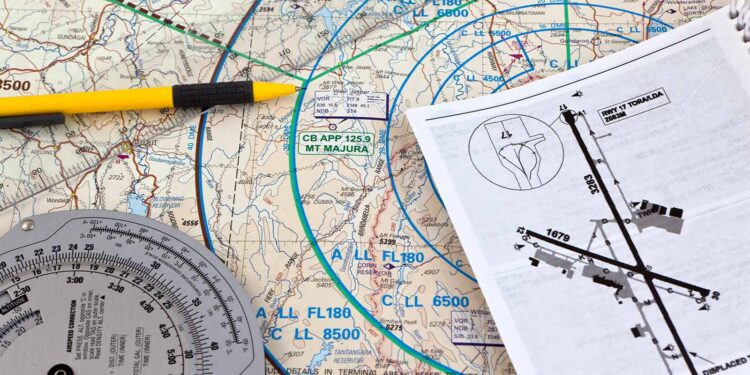I came across this post on avcanada.ca. I’m posting it here more as a “reminder” for me when it comes time to file my taxes as a full time pilot. I’m going to copy-and-paste it verbatim:
From http://www.avcanada.ca/forums2/viewtopic.php?f=54&t=41875
Original Author: wallypilot
(spelling and links/html cleaned up a bit)
1.Did you have to move for your job? If yes, you can deduct moving expenses. The total goes into line 219.
2. Did you get paid per diems in your job? If no, you can claim up to $51 CDN per day in Canada, but you must have a signed form from your company. Use Form TL2 at the following link.
Also keep in mind that if you were paid per diems, but less than $51 per day, you can claim the difference up to $51 per day. For example, your employer pays $30 per diems. You work 200 days in the year. you can claim another $21 per day, or $4200. this then gets cut in half, and your claim will be $2100 entered in the employment expenses part of the income section of the T1. Note that the TL2 has to be signed by your employer. this verifies the amount of per diems they paid you. Same goes for if you were working to the US, claim $51 USD per day. Canada Revenue Agency has an average exchange rate for the year, and for 2007 it was 1.07478127 CAD per 1.0 USD. See this link for the rest of the main currencies. All amounts claimed must be converted to CAD.
3. You can deduct the cost of Charts, Approach Plates, Uniforms, Cost of your Medical Examination, License Fee, and even Headsets if you can get a note from your doctor saying that a headset is required to protect your hearing. (this shouldn’t be a problem). all of these items get added up and entered as one total in the employment expenses section. (You need form T2200 signed by the employer saying charts, etc were necessary for performance of duties. But even if you can’t get that, I would claim it anyways, as it’s a pretty common claim by pilots, especially at smaller companies).
4. If you paid out a training bond, get a form from your employer stating that training costs(and the other costs above like charts, etc) were required for employment. Form T2200.
5. Northern living allowance if you live north of 60 degrees. T2222
6. Overseas Employment Tax Credit if you spent more than 6 CONSECUTIVE months working outside of Canada for a Canadian company. this is form T626. this also must be signed by the employer. This is potentially a huge tax credit. This does not have to be in one tax year, but if it crosses tax years, you can’t claim the credit until you have surpassed 6 months working outside of Canada. Example: Start working in africa in october 2006. don’t come home other than for vacation until April 2007. you can’t claim this until you file for the 2007 tax year(which would be march 2008). What you do is go back and re-file your 2006 return with the T626 that you would have had your employer sign at the end of the 2007 tax year. So the credit saddles 2 tax years, but I have never had a problem refiling the previous year. they even pay you the interest on the money that they would have owed you after the 2006 tax year.

